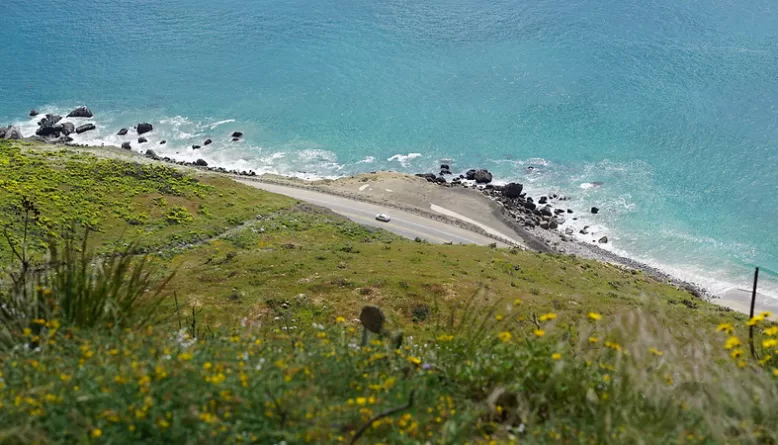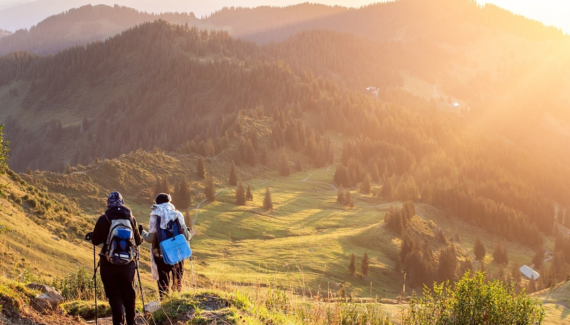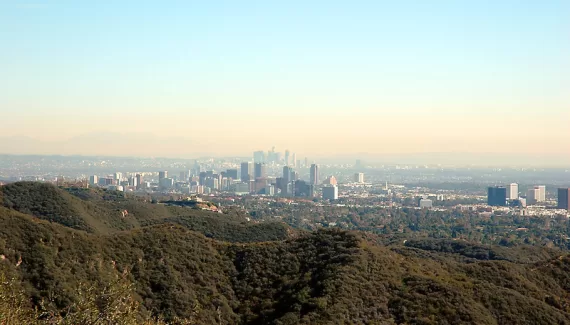Exploring the Pacific Coast Trail (PCT) is an adventure that spans over 2,650 miles from the Mexican border through California, Oregon, and Washington, up to the Canadian border. It’s a journey that offers unparalleled natural beauty, diverse ecosystems, and the ultimate test of endurance and willpower. Whether you’re a seasoned hiker or a beginner looking to take on a significant challenge, the pacific coast trail presents an opportunity to connect with nature, meet fellow hikers, and discover your strengths. This comprehensive guide aims to provide you with all the necessary information to embark on this life-changing journey, filled with expert advice, safety tips, and insights to make your hike both enjoyable and safe.
Table of Contents
Introduction to the Pacific Coast Trail
The Pacific Coast Trail, a jewel in the crown of American wilderness, offers an unmatched experience of the West Coast’s diverse landscapes. Stretching over three states, it invites adventurers to immerse themselves in its beauty and challenges. This section will introduce the trail’s history, significance, and what makes it a bucket-list adventure for many.
The Journey Begins: Planning Your Hike
Before you set foot on the trail, thorough preparation is crucial. This part of the guide will cover how to prepare for your journey, including obtaining permits, planning your itinerary, and what gear is essential for the diverse conditions you’ll encounter on the pacific coast trail.
The Trail’s Geography: From Desert to Forest
The pacific coast trail offers a unique cross-section of the West Coast’s geographical diversity. From arid deserts to dense forests, high mountain passes to volcanic landscapes, this section will explore the various ecosystems you’ll traverse and the beauty that awaits at every turn.
Seasonal Adventures: Best Times to Hike
Timing is everything when it comes to hiking the pacific coast trail. This part of the guide will delve into the best seasons for tackling different sections of the trail, considering weather conditions, trail accessibility, and the scenic beauty of each season.
Navigating the Pacific Coast Trail
With thousands of miles to cover, navigation is key to a successful hike. This section provides tips on following the trail, using maps and technology, and understanding trail markers to stay on the right path.
Safety First: Tips and Precautions
The wilderness of the pacific coast trail can be as unpredictable as it is beautiful. Here, we’ll cover essential safety tips, how to handle wildlife encounters, and what to do in case of an emergency to ensure you’re prepared for any situation.
Trail Highlights and Must-See Spots
The pacific coast trail is dotted with breathtaking views and hidden gems. This part of the guide highlights not-to-miss spots, scenic overlooks, and unique sections of the trail that offer unforgettable experiences.
The Hiker’s Community: Stories from the Trail
The PCT community is a vibrant and supportive network. In this section, we’ll share stories and advice from fellow hikers, offering insights into the communal spirit that makes hiking the PCT a unique social experience.
Sustainable Hiking: Leave No Trace Principles
Respecting and preserving the natural beauty of the PCT is a responsibility shared by all hikers. This section emphasizes the importance of Leave No Trace principles and how to minimize your impact on the environment.
The Endurance Challenge: Physical and Mental Preparation
Hiking the PCT is as much a mental challenge as it is a physical one. This part of the guide offers advice on preparing your body and mind for the journey ahead, from physical training to mental health strategies.
Resupplying on the Trail: Food and Water Strategies
Maintaining energy and hydration is crucial in the PCT. This section covers strategies for resupplying food and water, including planning for resupply points and what to pack to stay nourished and hydrated.
Accommodations and Camping Along the Trail
From designated campsites to backcountry camping, this part of the guide discusses the best places to rest and recharge along the Pacific coast trail, including tips for selecting campsites and following camping regulations.
Pacific Coast Trail Conservation Efforts
The preservation of the Pacific Coast trail is vital for future generations. Here, we’ll explore conservation efforts and how hikers can contribute to protecting the trail and its surrounding ecosystems.
Completing the Trail: What to Expect at the End
Reaching the end of the Pacific Coast trail is a monumental achievement. This section discusses what to expect upon completing the trail, from certificates and recognition to the personal sense of accomplishment and transformation experienced by hikers.
Related Article: Dare to Cross: Conquering the Devil’s Bridge Trail in Sedona, Arizona – Your Ultimate Adventure Guide
Frequently Asked Questions
What is the best time of year to start the Pacific Coast trail?
The ideal time to start the Pacific Coast trail depends on the direction of your hike. Northbound hikers typically start in late April to early May to avoid the snow in the Sierra Nevada Mountains, while southbound hikers often begin in late June to early July to navigate the snow in the Northern Cascades.
How do I prepare for the varying climates along the pacific coast trail?
Preparation involves researching the weather patterns of each section and packing accordingly. Layering is key, as it allows for adjustments to varying temperatures. Additionally, investing in quality gear that can handle diverse conditions (rain, snow, heat) is crucial.
What are the biggest challenges I might face on the pacific coast trail?
Challenges vary widely but can include extreme weather conditions, difficult terrain, navigation, wildlife encounters, and mental fatigue. Preparation, resilience, and a positive mindset are essential tools for overcoming these obstacles.
How can I ensure I’m following Leave No Trace principles?
Adhering to Leave No Trace principles involves planning ahead, disposing of waste properly, minimizing campfire impacts, respecting wildlife, and being considerate of other hikers. Educating yourself on these principles before your hike is essential.
What are the best strategies for resupplying on the trail?
Planning your resupply points is crucial. Many hikers send pre-packaged boxes to post offices or other locations near the trail. Alternatively, you can plan to resupply in towns along the trail, which allows for more flexibility but requires careful planning to ensure you have enough supplies between stops.
How can I connect with other hikers on the pacific coast trail ?
The pacific coast trail community is active on social media, forums, and through the Pacific Crest Trail Association. Engaging with these communities before and during your hike can help you connect with fellow hikers, share tips, and even plan meetups along the trail.
Conclusion: The Journey of a Lifetime Awaits
Embarking on the Pacific Coast Trail is more than just a hike; it’s a journey of self-discovery, endurance, and connection with nature’s grandeur. From the sun-kissed deserts of California to the rugged beauty of the Washington wilderness, the pacific coast trail offers a mosaic of landscapes that challenge and inspire. As you plan your adventure, remember that the journey is not just about reaching the end but about the experiences, the people you meet, and the lessons learned along the way. Whether you’re seeking solitude, adventure, or a test of your limits, the Pacific Coast Trail awaits with open trails and endless possibilities.
So lace up your boots, hit the trail, and discover the wonders of the pacific coast trail for yourself. The path ahead is filled with adventure, and the story it writes is yours to tell.
Related Article: 7 Wonders of Pacific Rim National Park: A Guide to Nature’s Untouched Beauty



No Responses Yet